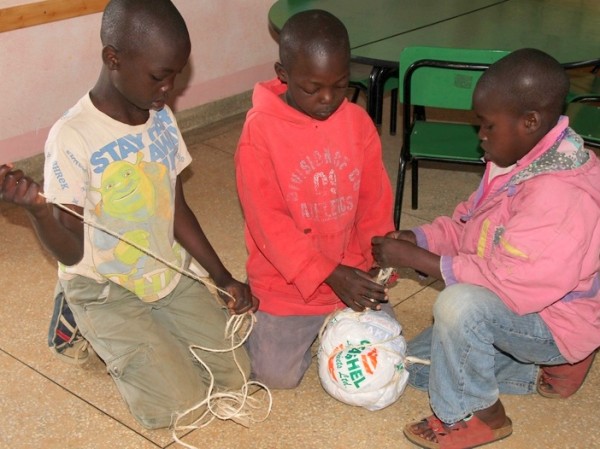I.T. specialist Gabriel Nderitu from Kenya just won’t give up on his dream and did it again: after some previous experiements with a homemade aircraft, he returns with an unmanned, remote-controlled version of a microlight aircraft.
In the following video, which is unfortunately only available in Kiswahili, he takes it out for a test ride on an empty field:
Going by the info provided in the video, the “microlight” approach looks like the right way to go as it also strips the aircraft of unnecessary components. His aircraft may still be a bit too heavy though due to the lack of available and affordable light-weight materials in Kenya. Would bamboo be an alternative?
Avid readers will also notice that once again the landing gear is the weak spot and that this “natural” runway may not be the best testing ground.
The spirit though is all that matters and we salute him for his continuous efforts!
p.s.: Gabriel, if you are reading this, please register for the upcoming Maker Faire Africa which will take place in Lagos, Nigeria, later on this year. Good luck!
Update (as of June 29, 2012):











